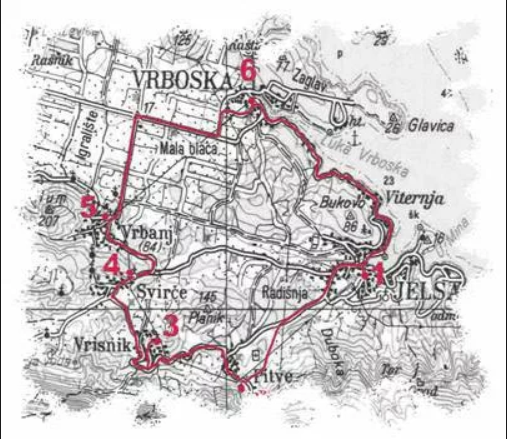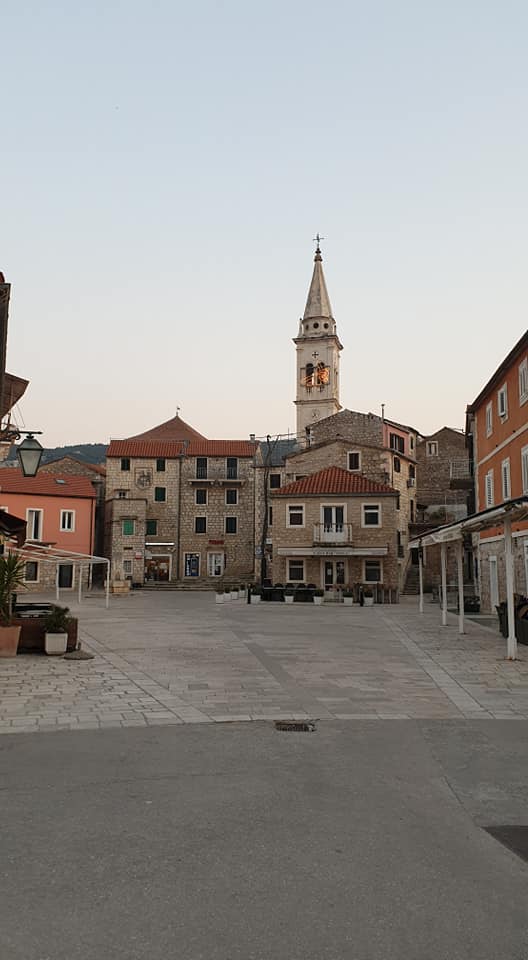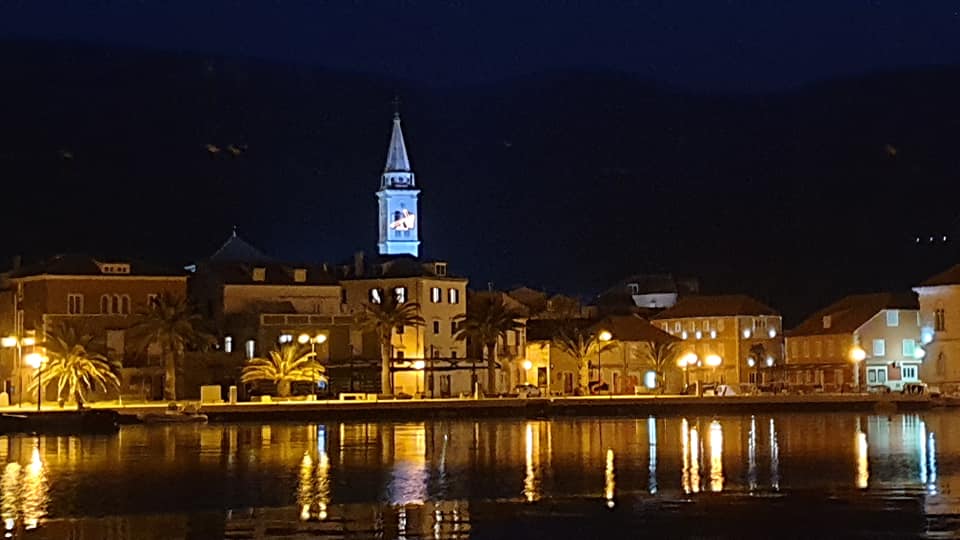March 21, 2020 - It is a UNESCO tradition which has taken place each year for 500 years despite the challenges of fascism, socialism and the Egyptian desert. But will Za Krizen 2020 beat the coronavirus?
When the coronavirus spread throughout Europe, there was much talk about banning events and social gatherings. Most were focused on rock concerts or Premier League matches, but my mind turned to something a little closer to my heart. If this event were cancelled due to COVID-19, what a statement for history! For this event has been challenged many times before, in different trying historical circumstances. But it has always taken place each year at 22:00 on Maundy Thursday on a beautiful Dalmatian island.
Every year. For 500 years. Without exception.

'Za Križen' (literally 'Behind the Cross') is a religious procession which is one of the most important events in the annual calendar of the people of central Hvar. At 22:00 on Maundy Thursday, a barefoot crossbearer, each from the six communities of Jelsa, Pitive, Vrisnik, Svirce, Vrbanj, and Vrboska, lead their acolytes and pilgrims on a 22-km procession of chanting, prayer and reflection through the other communities, before returning to their starting point around 07:00 on Good Friday. Several thousand people attend the event and walk through the night for this traditional procession, which was awarded the status of intangible UNESCO heritage back in 2009.

It is a procession which is steeped in history, heritage and pride. It is a great honour to carry the cross, and it is said that parents put their new-born babies on the waiting list for the honour. One of the best videos I have ever seen about the traditions of Hvar was Maja Zrnić's piece for Hvar TV following a Pitve crossbearer, Ivo Mileta, behind the scenes.
A really fascinating snapshot of a unique tradition which spans five centuries. The Italian fascists tried to ban it in 1943, but Za Krizen took place, albeit on a reduced scale.
In 1944, Za Križen took place in the Sinai Desert in Egypt, in a refugee camp in El Shatt. as refugees from Hvar insisted on honouring their traditions - you can read more about the incredible story of Dalmatian refugees in the Sinai Desert here.

And, as the Pitve crossbearer in the video above shows, religious processions during the Tito socialist era were hardly encouraged.
Za Križen has overcome all these obstacles over its 500-year history. I managed to capture all six processions at various times on the night last year here.
But will Za Križen be able to overcome perhaps its biggest challenge yet - COVID-19?
With the ban on public gatherings and ferry transportation restricted to those with island IDs, it is clear that the many Hvar people living on the mainland will not return, and that there will be few to no pilgrims following the cross. But will the event take place?
Perhaps. And if it does take place, it will be one of the few events to actually be happy in these crazy times.
My understanding is that the current thinking is that the six crossbearers will definitely go, with perhaps a couple of assistants each, but nothing more. The mass gathering at the start and finish will not happen, and so it will be a rather curious affair for those who traditionally take part. The Vrboska crossbearer has apparently arrived from Canada, where he now resides, while the Pitve crossbearer Roman Radonić is the nephew of the youngest ever crossbearer, Sveto Marijan back in 1953, aged just 13.
It will undoubtedly still be a very special night, although - like everything else in the world right now - different.
I will bring you as much coverage as a responsible socially distanced journalist can. To learn more about the Za Krizen UNESCO tradition, check out the official UNESCO video below.


